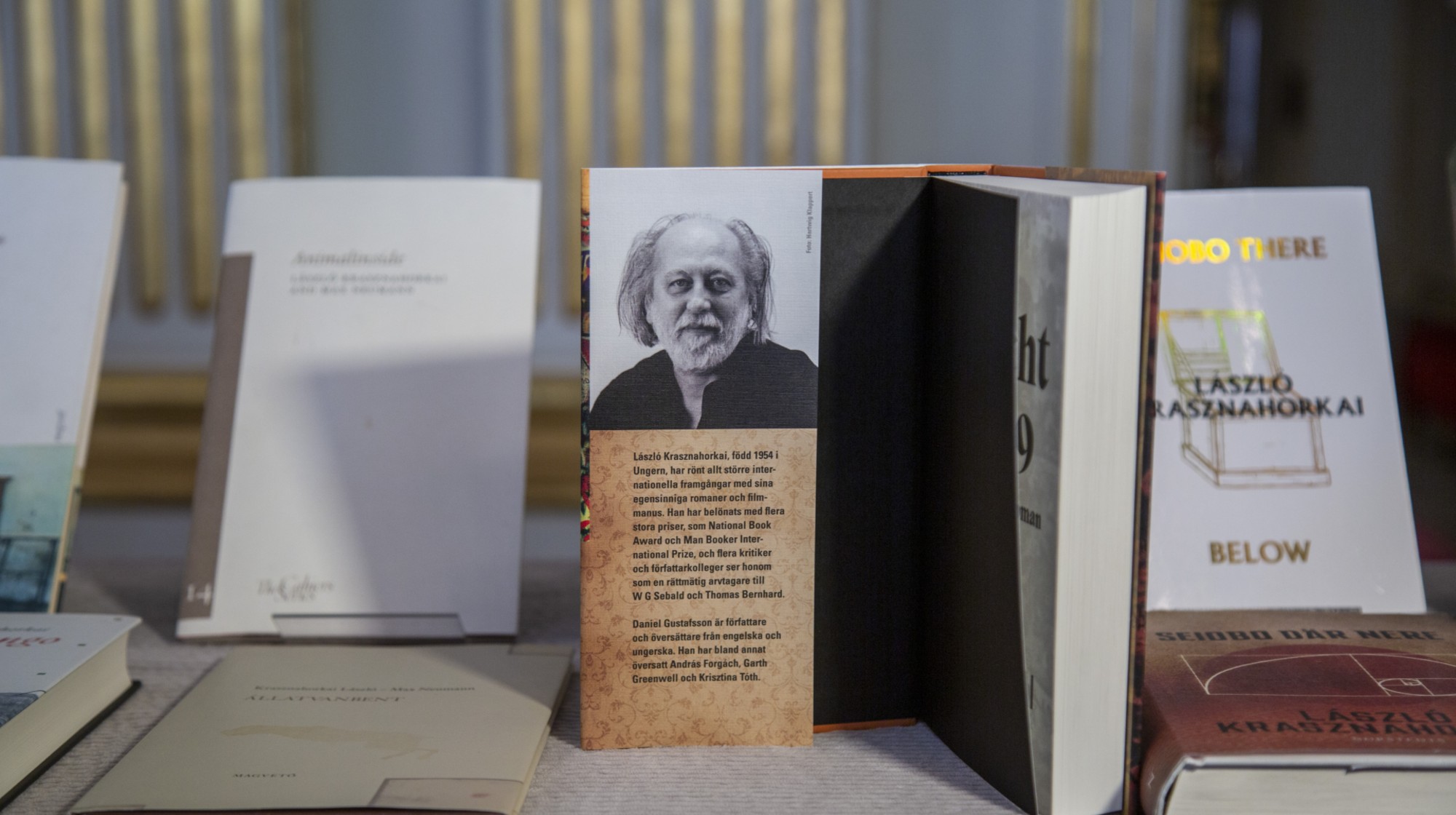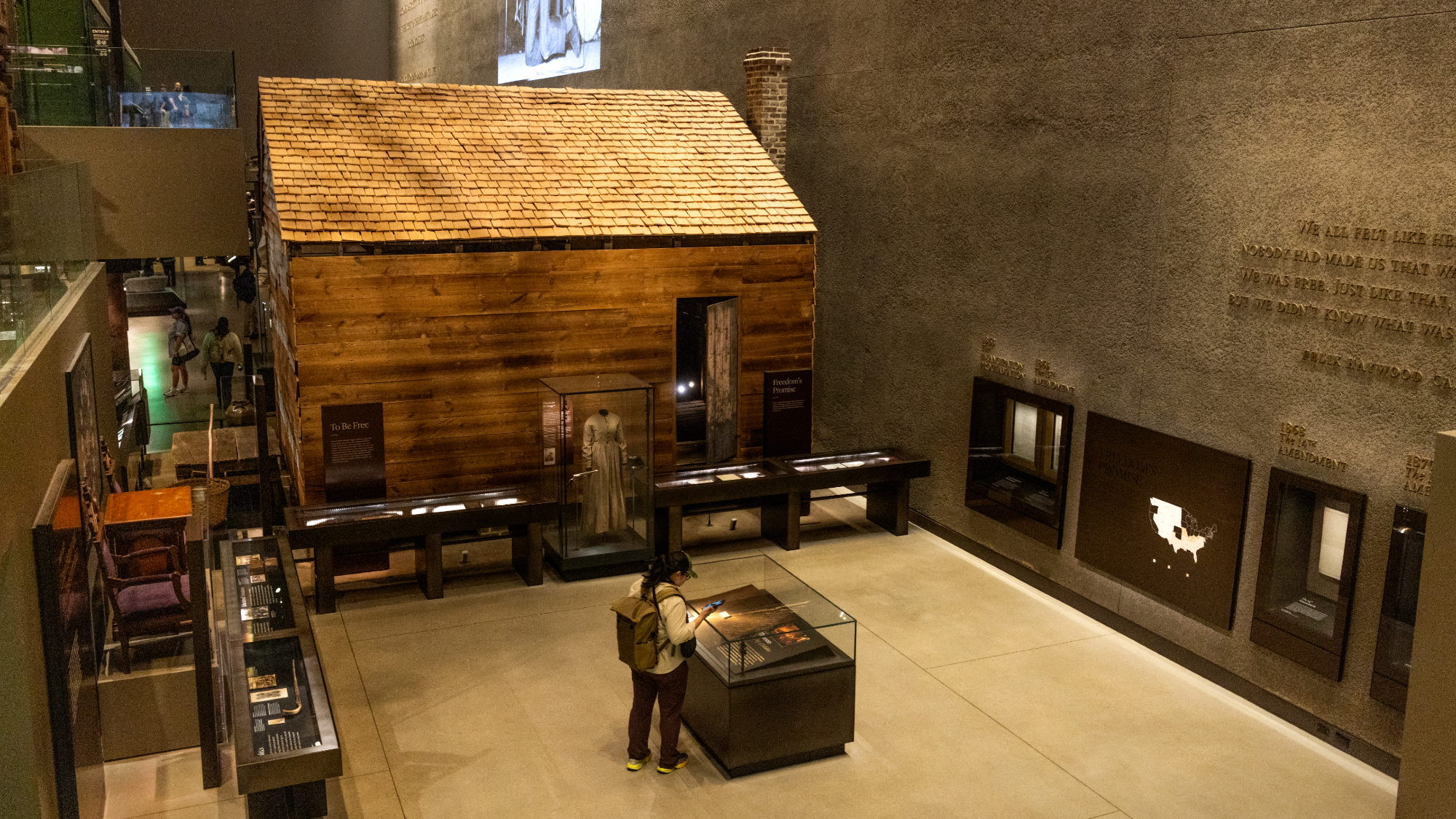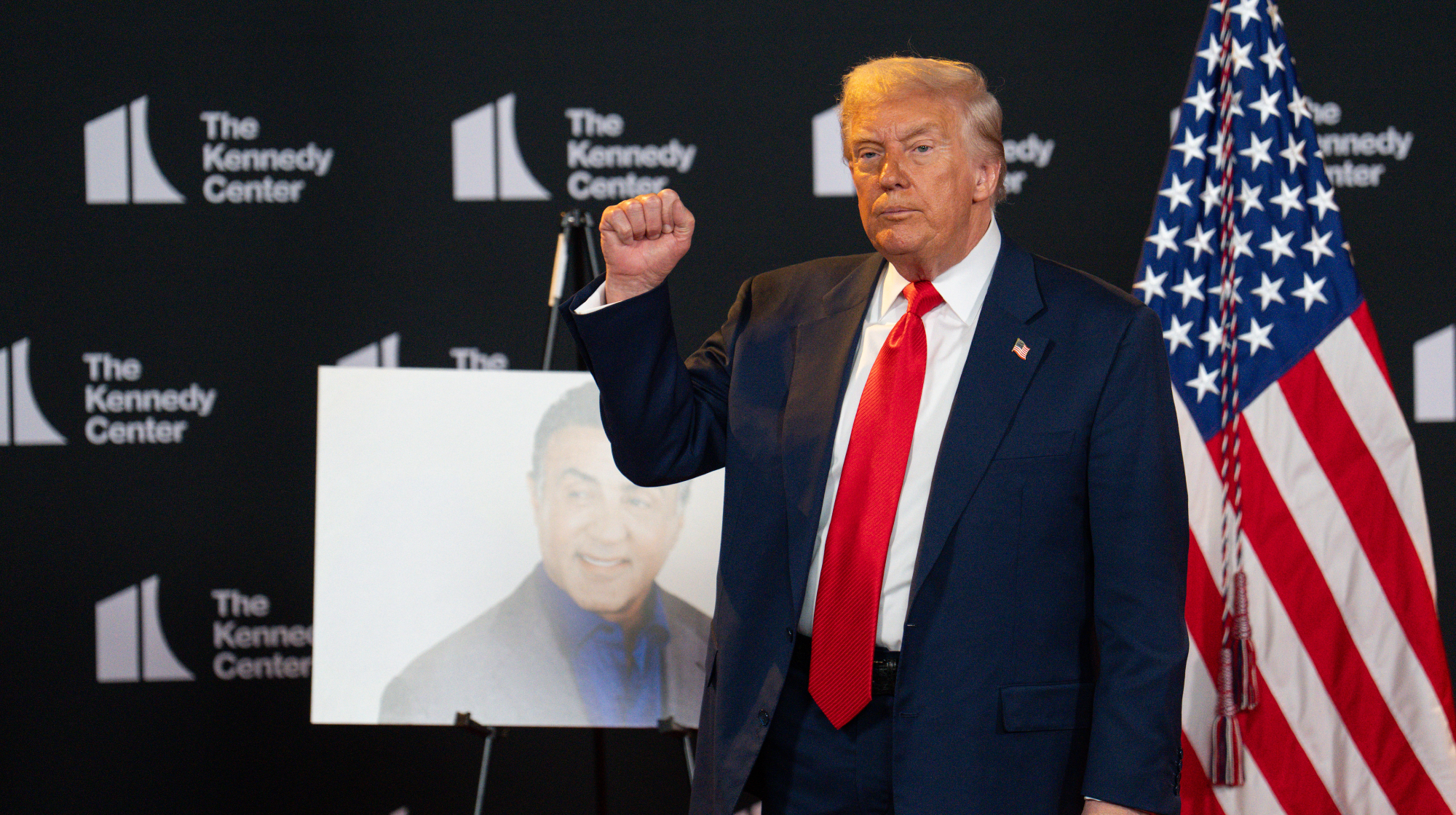John Oliver warns against the well-intentioned horrors of PACE home renovation loans

The Property Assessed Clean Energy (PACE) program "was originally designed to provide low-income homeowners a way to make their homes more environmentally friendly," but there are "huge problems" with it, mostly that it could cost you your home, John Oliver said on Sunday's Last Week Tonight. PACE loans started in California, and Missouri and Florida have active programs, too, but the other states considering starting their own PACE initiatives — New York and Ohio, say — should stop, he said, "because when PACE loans go wrong, they can go very wrong."
"Unfortunately, the story of PACE is a cautionary tale about how good intentions, when not paired with careful, smart design, can end in disaster," Oliver said. There are several companies that offer PACE loans, but "the majority of actual sales to customers are done by individual contractors who will be performing the renovations — and think about what that means for a moment," he said. "The people with responsibility for pitching a very complicated financial product, a pseudo-loan that's technically a tax lien, are contractors, whose training is not in finance," and crucially, there's no independent energy audit to determine if the renovations will, in fact, pay for themselves through lower energy bills.
Signing up for the loans, sometimes done quickly on an iPad offered by a contractor, "isn't like agreeing to the terms and conditions of an iTunes update, this is like sitting across the table from a banker potentially signing your house away," Oliver said, explaining that the "priority lien" on houses mean PACE lenders get their money first when customers lose their house.
The Week
Escape your echo chamber. Get the facts behind the news, plus analysis from multiple perspectives.

Sign up for The Week's Free Newsletters
From our morning news briefing to a weekly Good News Newsletter, get the best of The Week delivered directly to your inbox.
From our morning news briefing to a weekly Good News Newsletter, get the best of The Week delivered directly to your inbox.
States and counties can improve some of these systems, but "I would argue the flaws of this program are baked into how it operates," Oliver said. "The fact is, this business model is fundamentally flawed. And I'm not saying that affordable clean energy isn't something we shouldn't be investing in — it absolutely is. But we shouldn't be putting vulnerable people in a position where they are risking their homes." There's a little NSFW language and a little less George Clooney. Watch below.

A free daily email with the biggest news stories of the day – and the best features from TheWeek.com
Peter has worked as a news and culture writer and editor at The Week since the site's launch in 2008. He covers politics, world affairs, religion and cultural currents. His journalism career began as a copy editor at a financial newswire and has included editorial positions at The New York Times Magazine, Facts on File, and Oregon State University.
-
 Son arrested over killing of Rob and Michele Reiner
Son arrested over killing of Rob and Michele ReinerSpeed Read Nick, the 32-year-old son of Hollywood director Rob Reiner, has been booked for the murder of his parents
-
 Rob Reiner, wife dead in ‘apparent homicide’
Rob Reiner, wife dead in ‘apparent homicide’speed read The Reiners, found in their Los Angeles home, ‘had injuries consistent with being stabbed’
-
 Disney bets big on AI, but not everyone sees a winner
Disney bets big on AI, but not everyone sees a winnerTalking Points The company will allow users to create their own AI content on Disney+
-
 Hungary’s Krasznahorkai wins Nobel for literature
Hungary’s Krasznahorkai wins Nobel for literatureSpeed Read László Krasznahorkai is the author of acclaimed novels like ‘The Melancholy of Resistance’ and ‘Satantango’
-
 Primatologist Jane Goodall dies at 91
Primatologist Jane Goodall dies at 91Speed Read She rose to fame following her groundbreaking field research with chimpanzees
-
 Florida erases rainbow crosswalk at Pulse nightclub
Florida erases rainbow crosswalk at Pulse nightclubSpeed Read The colorful crosswalk was outside the former LGBTQ nightclub where 49 people were killed in a 2016 shooting
-
 Trump says Smithsonian too focused on slavery's ills
Trump says Smithsonian too focused on slavery's illsSpeed Read The president would prefer the museum to highlight 'success,' 'brightness' and 'the future'
-
 Trump to host Kennedy Honors for Kiss, Stallone
Trump to host Kennedy Honors for Kiss, StalloneSpeed Read Actor Sylvester Stallone and the glam-rock band Kiss were among those named as this year's inductees


